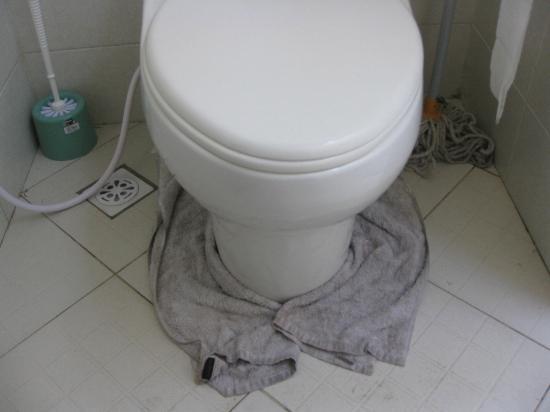
Leaking Toilet
Need professional help to fix your leaking toilet tank or toilet bowl?
Problems Caused by a Toilet Leak
If you notice water on your bathroom or toilet floor near the WC, it is critical to find out where the leak is coming from and to fix it immediately. Not only can a leaking toilet cause water wastage and skyrocketing bills, it also poses a threat of structural damage and mould growth.
A leaking toilet can cause major structural problems when water seeps into the toilet floor and down to the ceiling of the apartment below. If your neighbour downstairs complains to you about water leaking from her ceiling, you may have to bring in an experienced plumber to make some major and expensive repairs.
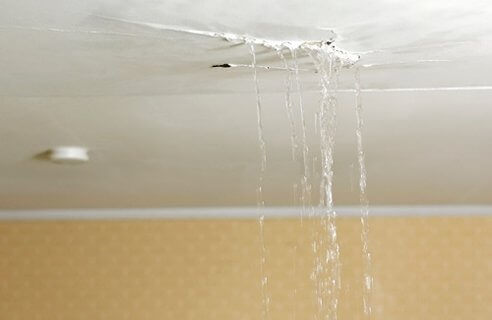
Water leakage issues often lead to growth of mould on your walls, ceilings and even doors. To avoid health issues and allergies caused by breathing in those mould spores, we highly recommend any water leakage be rectified immediately, and the mouldy areas cleaned thoroughly.
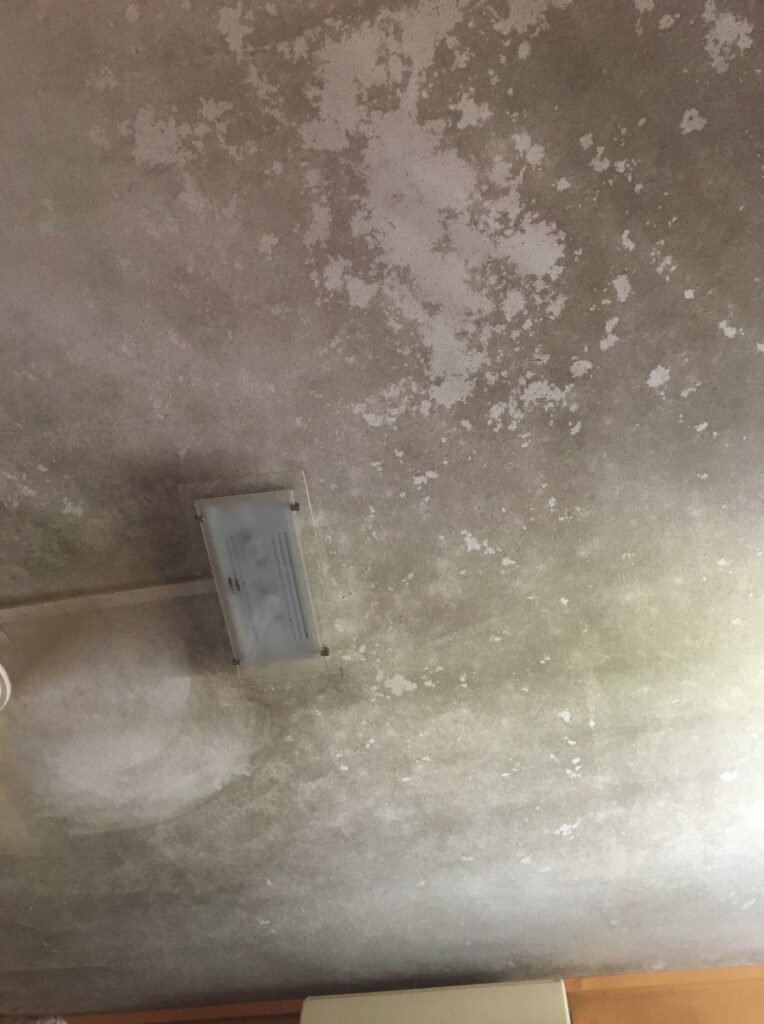
Toilet leaks can also cause the bathroom and toilet floor to be wet and slippery. This increases the probability of slipping accidentally, resulting in expensive medical bills. If you have elderly parents or young kids at home, you should take special care to keep your toilet floor clean and dry at all times.
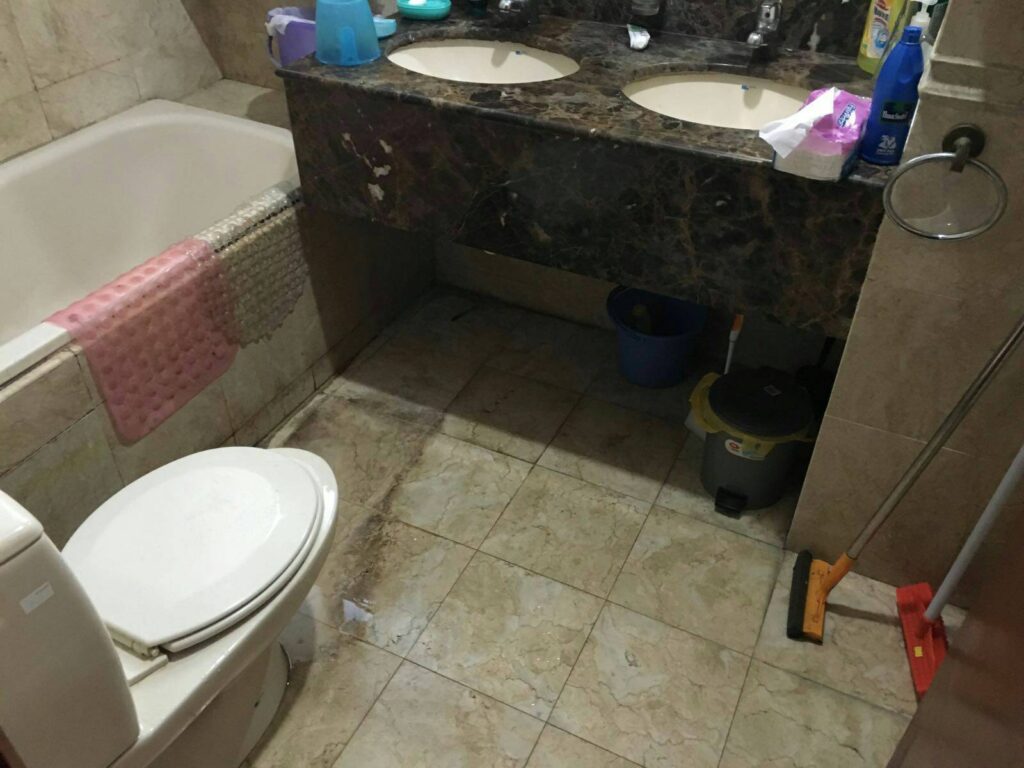
Signs of a Leaking Toilet
1. Mysterious Pooling Water
Spotting water around the base of your toilet or beneath it is a clear indication of a leak. Don’t overlook even the smallest puddles, as they can signify a larger issue.
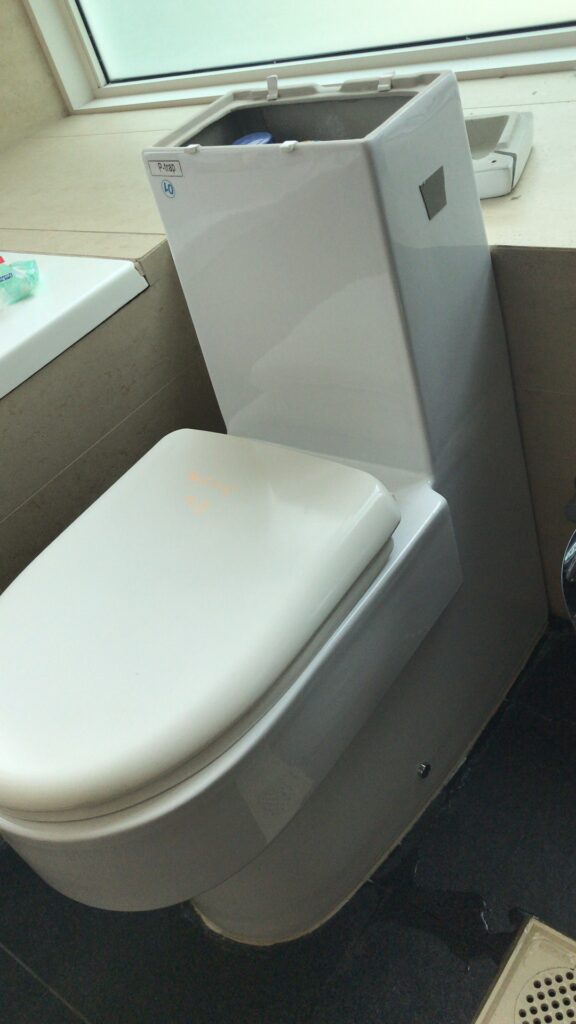
2. Phantom Flushing
If your toilet seems to flush spontaneously without anyone triggering it, it could signify a leak in the flush valve or flapper.
3. Persistent Running Water
Constant running water in the toilet tank indicates a problem with the fill valve or flush valve, leading to water wastage.
4. Elevated Water Bills
A sudden surge in your water bills without any apparent increase in usage could imply an undetected leak, often from the toilet.
5. Mould Growth
Mould may appear around the toilet, on the walls, ceilings and cabinets.
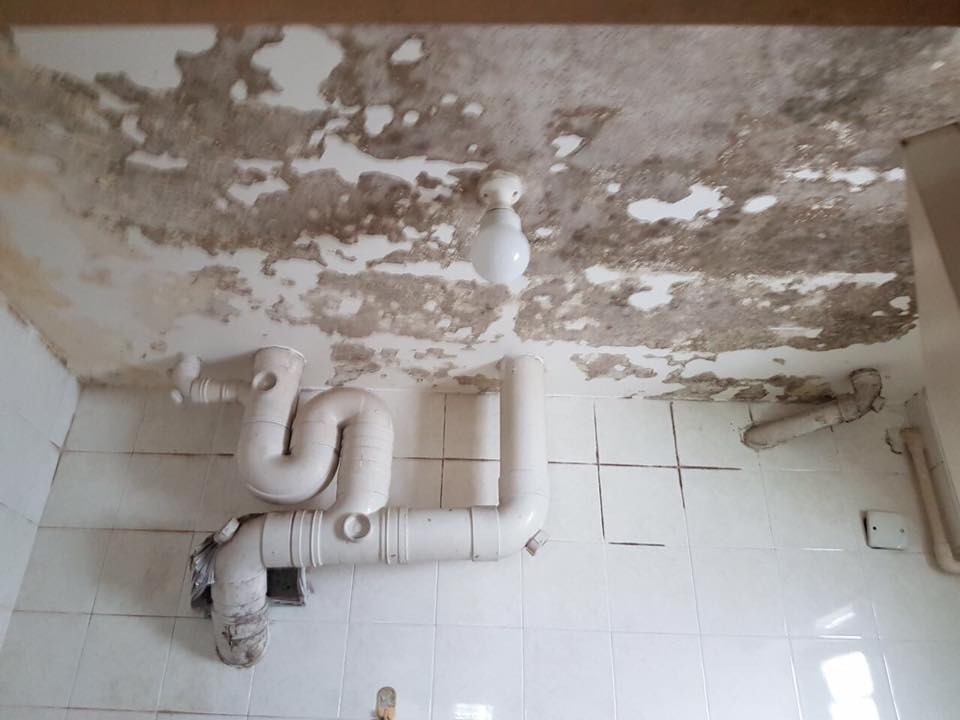
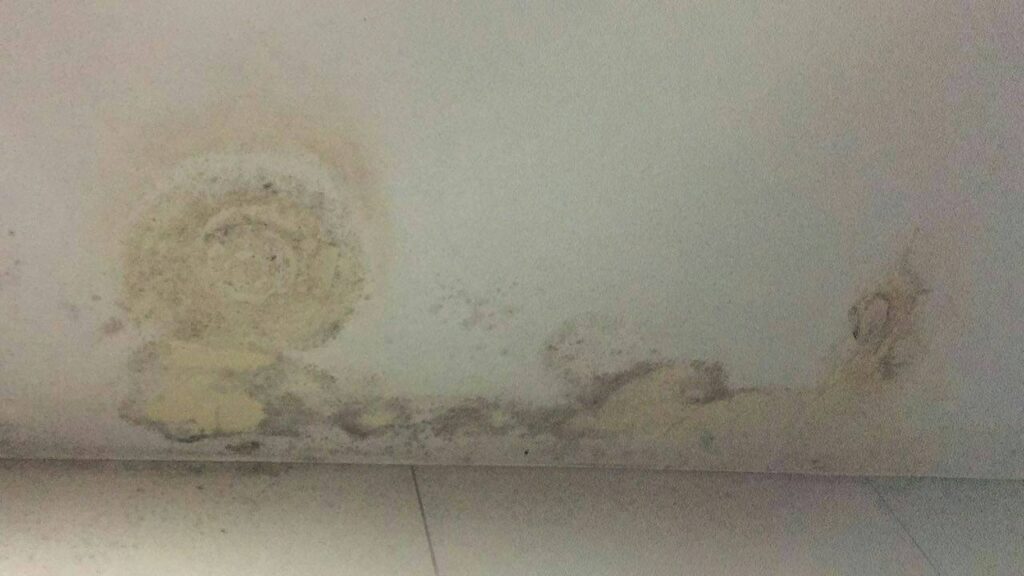
6. Water Stains On the Ceiling
Water may drip onto the ceiling of the room below the toilet.
7. Sewer gas SMELL
You may smell awful sewer gases in the bathroom, especially near the base of the toilet.
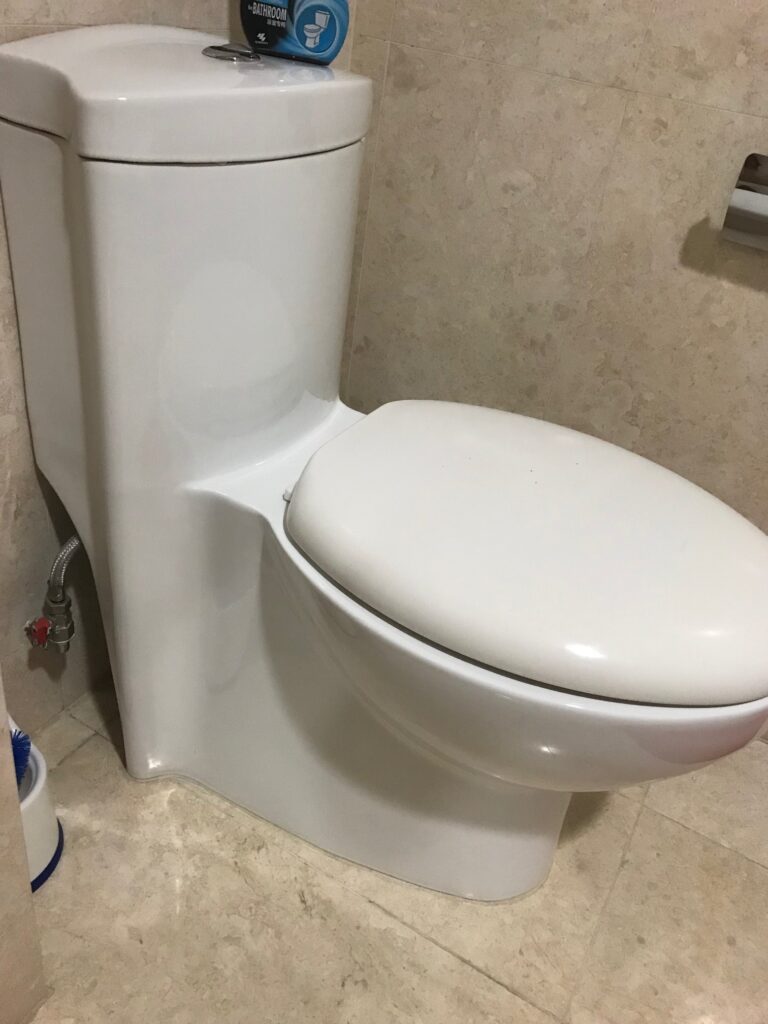
Common Causes and Solutions for Toilet Leaks
What causes toilets to leak?
The most common reasons for a leaky toilet include the following:
- Faulty wax ring
- Loose or damaged fill valve
- Loose or damaged water supply line
- Improperly installed or damaged overflow tube
- Worn-out or damaged gaskets
Identifying and addressing these issues promptly is key to preventing further damage.
1. Faulty Wax Ring
The wax ring, located between the base of the toilet and the flange on the floor, may degrade over time, resulting in leaks.
Solution: To address a leaking toilet caused by a faulty wax ring, follow these steps:
- Turn Off Water: Shut off the water supply to the toilet to prevent further leakage.
- Drain the Toilet: Flush the toilet and use a sponge or towel to remove any remaining water in the bowl and tank.
- Remove the Toilet: Carefully disconnect the water supply line and unbolt the toilet from the floor.
- Replace the Wax Ring: Remove the old wax ring and replace it with a new one, ensuring a proper seal between the toilet and the flange.
- Reinstall the Toilet: Securely bolt the toilet back onto the flange and reconnect the water supply line.
- Test for Leaks: Turn the water supply back on and check for any signs of leakage around the base of the toilet.
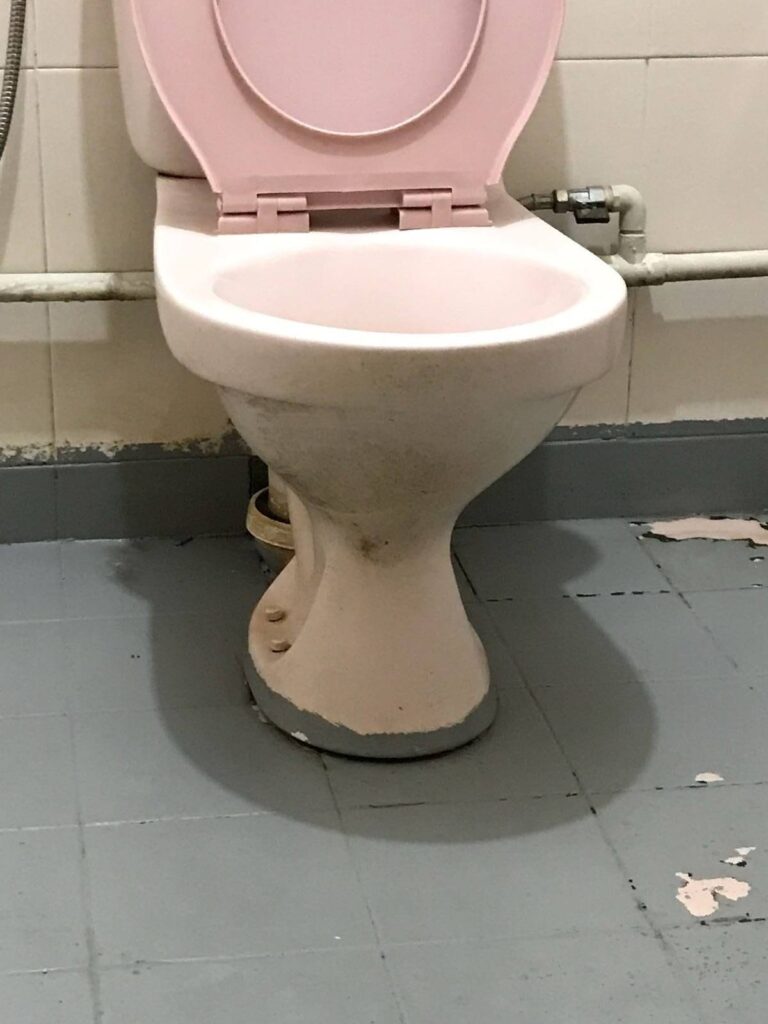
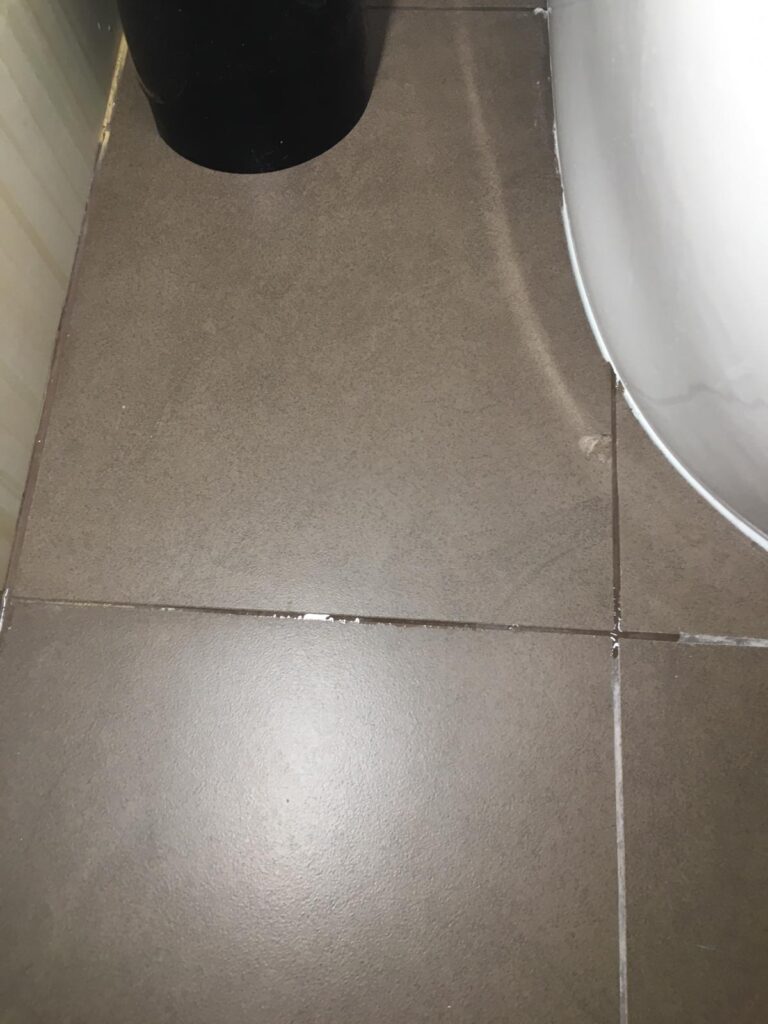
2. Loose or Damaged Fill Valve
A fill valve that is loose or damaged can lead to water leakage inside the toilet tank.
Solution: To fix a leaking toilet due to a loose or damaged fill valve, follow these steps:
- Turn Off Water: Shut off the water supply to the toilet.
- Empty the Tank: Flush the toilet and drain the water from the tank.
- Inspect the Fill Valve: Check for any visible damage or looseness in the fill valve assembly.
- Tighten or Replace: If the fill valve is loose, tighten the connections. If it’s damaged, replace the fill valve with a new one.
- Adjust Water Level: Ensure that the water level in the tank is set to the recommended level to prevent overflow.
- Test for Leaks: Turn the water supply back on and monitor the tank for any signs of leakage.
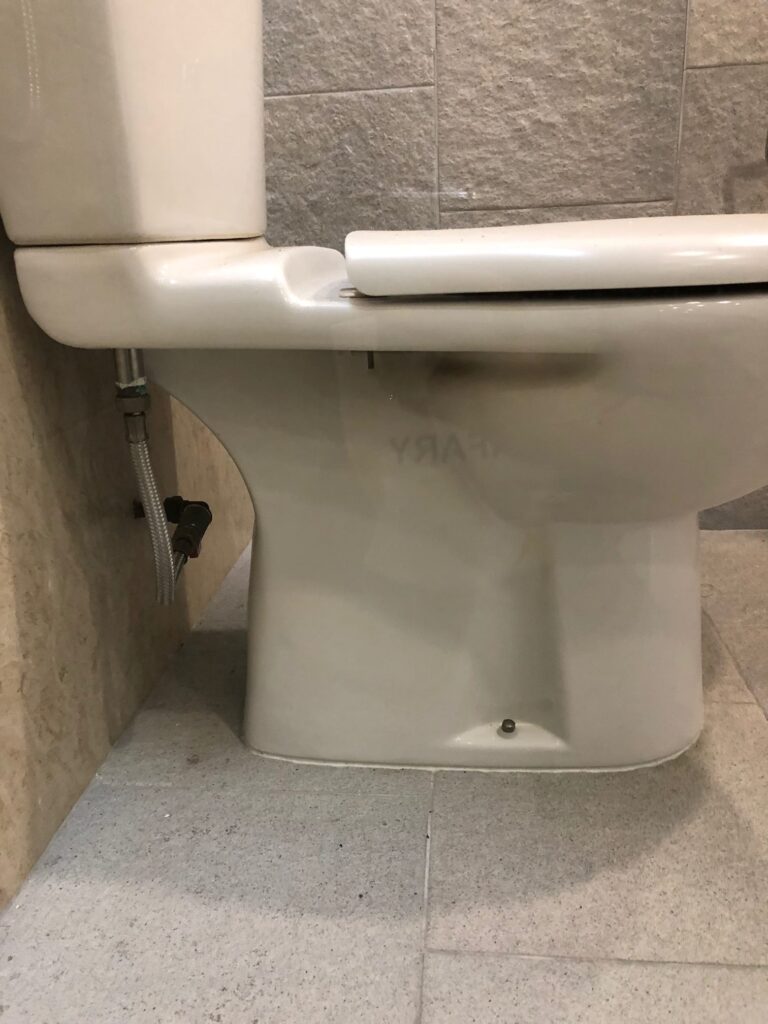
3. Loose or Damaged Water Supply Line
A loose or damaged water supply line connecting the toilet tank to the wall can result in water leakage.
Solution: To remedy a leaking toilet caused by a loose or damaged water supply line, follow these steps:
- Turn Off Water: Shut off the water supply to the toilet.
- Empty the Tank: Flush the toilet and drain the water from the tank.
- Inspect the Supply Line: Check for any visible damage or looseness in the water supply line.
- Tighten or Replace: If the supply line is loose, tighten the connections. If it’s damaged, replace the supply line with a new one.
- Test for Leaks: Turn the water supply back on and check for any leaks along the supply line.
4. Improperly Installed or Damaged Overflow Tube
An improperly installed or damaged overflow tube can lead to water overflow and leakage in the toilet tank.
Solution: To address a leaking toilet caused by an overflow tube issue, follow these steps:
- Inspect the Overflow Tube: Check for any misalignment or damage to the overflow tube.
- Adjust or Replace: If the overflow tube is improperly installed, adjust it to ensure proper alignment with the fill valve. If it’s damaged, replace the overflow tube with a new one.
- Test for Leaks: Turn the water supply back on and monitor the tank for any signs of overflow or leakage from the overflow tube.
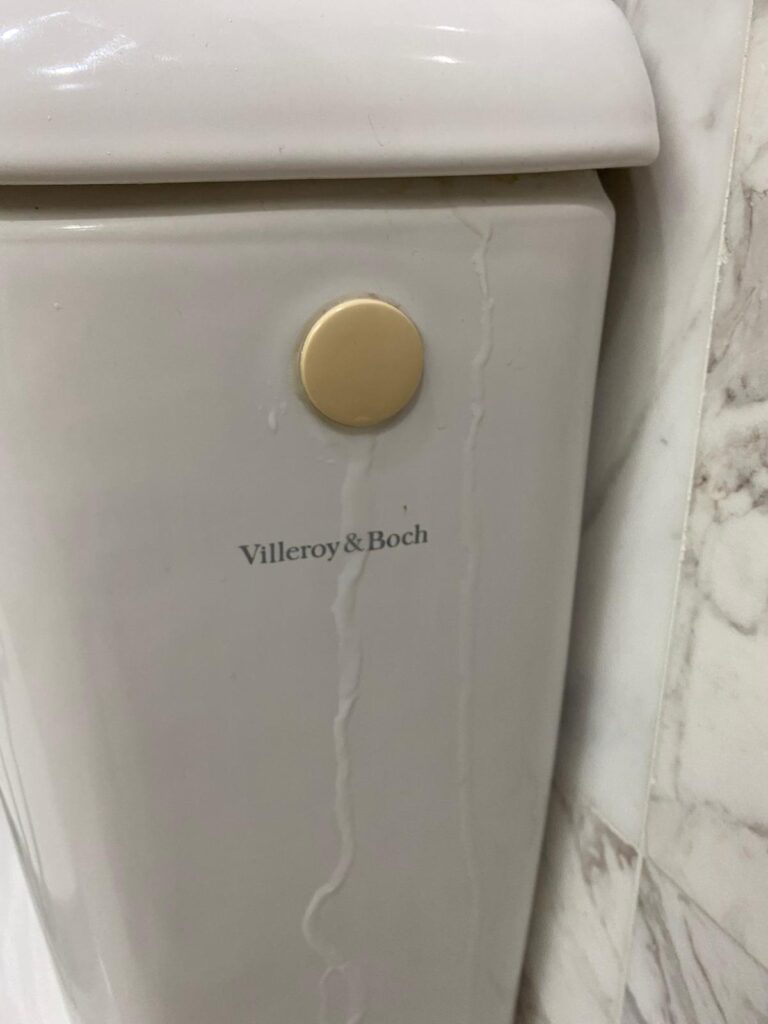
5. Worn-Out or Damaged Gaskets
Worn-out or damaged gaskets, such as those around the flush valve or tank bolts, can lead to water leakage in the toilet.
Solution: To fix a leaking toilet caused by worn-out or damaged gaskets, follow these steps:
- Turn Off Water: Shut off the water supply to the toilet.
- Empty the Tank: Flush the toilet and drain the water from the tank.
- Inspect the Gaskets: Check for any signs of wear or damage on the gaskets around the flush valve and tank bolts.
- Replace Gaskets: Replace any worn-out or damaged gaskets with new ones.
- Test for Leaks: Turn the water supply back on and check for any signs of leakage from the gasket areas.
By identifying the specific cause of the leak and implementing the appropriate solution, you can effectively resolve a leaking toilet and restore proper functionality.
Professional Repair of Leaking Toilets
A leaking toilet should never be ignored.
Just because a leak inside a toilet is often not visible or audible, many people could not believe their high water bills are due to a neglected toilet leak.
Do not wait for major structural problems to happen to your floor or ceiling due to water seepage before calling in the plumber. By then, expect to pay for flooring repair/replacement costs on top of your plumbing costs.
You don’t have to worry about where the leaks are coming from and how to repair them. Leave it to our team of expert plumbers.

Contact us and we will help you assess the situation on hand. Our plumbing specialists will advise you whether to repair or replace certain parts, or install a new toilet, whichever is the most cost-effective solution. Take action today!

Get In Touch
Contact us today for dependable solutions to all your plumbing and electrical needs.